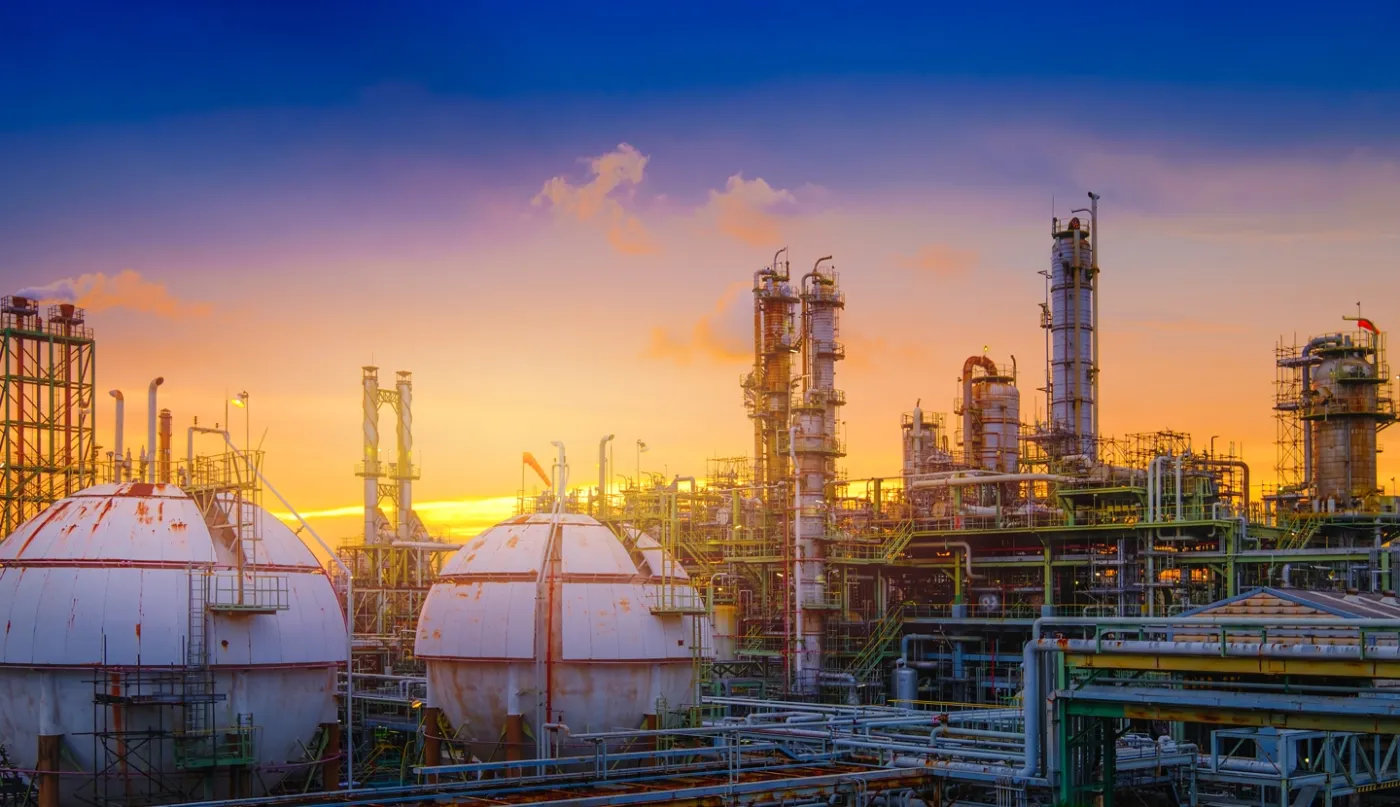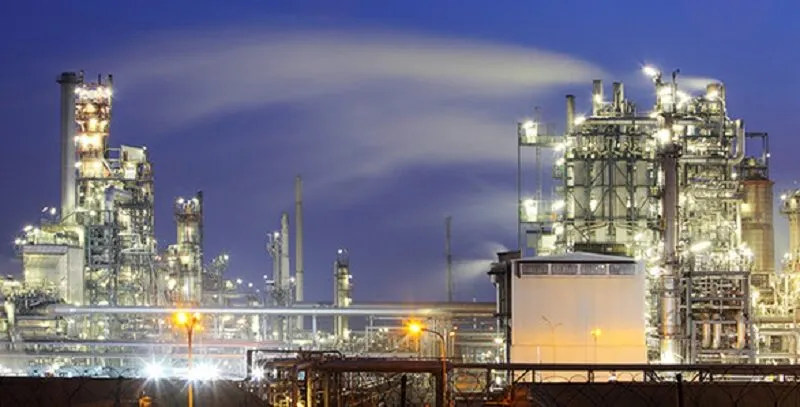The oil and gas industry has played a crucial role in providing energy for the global economy for over a century. However, with significant changes in economic, political, and environmental factors, the future of this sector faces many challenges and opportunities. Below is a detailed overview of the future of the global oil and gas industry.
1. Energy Transition
One of the key factors shaping the future of the oil and gas industry is the global energy transition trend. Countries and international organizations are increasingly focused on reducing carbon emissions and shifting towards renewable energy sources such as solar, wind, and hydropower. Policies and commitments regarding climate change, such as the Paris Agreement, have encouraged nations to reduce their reliance on oil and gas.
This transition could lead to a decline in oil and gas demand in the long term. However, in the short and medium term, oil and gas will continue to play a significant role due to their flexibility and ability to provide continuous energy. Major oil companies are investing in research and development of cleaner energy technologies to maintain competitiveness in this changing landscape.
2. New Technologies
Advancements in technology are creating many opportunities and challenges for the oil and gas industry. Horizontal drilling and oil extraction from shale have transformed the global oil production landscape, especially in the United States. These advancements have increased oil and gas production and reduced production costs, while also intensifying competition in the market.
Additionally, digitization and automation technologies are being increasingly applied in the oil and gas sector. Remote monitoring systems, artificial intelligence (AI), and big data analytics are helping optimize production processes, reduce costs, and improve efficiency. However, the adoption of new technologies also presents challenges related to training and developing a skilled workforce.

3. Market and Pricing
Oil and gas prices are always highly volatile, influenced by many factors such as supply and demand, political conditions, and climate change. The future of the oil and gas industry will continue to be shaped by these factors. Elements such as oil price volatility, geopolitical tensions in key oil-producing regions, and energy policies of major nations will shape the global oil and gas market.
Price fluctuations can lead to changes in investment decisions made by oil companies. When prices rise, companies may increase investments in exploration and development of new oil fields. Conversely, when prices drop, they may cut costs and focus on optimizing existing operations. This can impact supply and oil prices in the future.
4. Policies and Regulations
Government policies and regulations will also play a significant role in shaping the future of the oil and gas industry. Countries may implement measures to limit extraction and use of oil and gas to reduce carbon emissions and protect the environment. This could include increasing carbon taxes, limiting oil extraction, and promoting renewable energy use.
Furthermore, regulations regarding safety and environmental protection will become increasingly stringent. Oil spills and accidents in the oil and gas sector have heightened pressure from the public and governments to ensure that oil companies adhere to the highest safety standards. This could increase costs and development time for new oil projects but may also enhance the industry’s reputation and sustainability.
5. Investment in Renewable Energy
Many major oil companies are investing in renewable energy as part of a long-term strategy to diversify income sources and reduce reliance on oil and gas. Solar, wind, and hydrogen energy projects are attracting interest and investment from oil companies, aiming to seize new opportunities and meet market and governmental demands for reduced carbon emissions.
Companies like BP, Shell, and Total have announced plans to invest billions of dollars in renewable energy and other clean technologies. This investment not only helps these companies mitigate risks from oil price volatility but also creates new business opportunities in a rapidly developing market.
6. Impact of Climate Change
Climate change is one of the biggest challenges facing the future of the oil and gas industry. Extreme weather events such as hurricanes, floods, and droughts can disrupt oil and gas extraction and transportation operations. Additionally, pressure from the international community and non-governmental organizations is increasing, demanding oil companies take measures to protect the environment and reduce carbon emissions.
To address this challenge, oil companies are investing in research and development of technologies that reduce emissions, such as carbon capture and storage (CCS) and using renewable energy in production activities. This not only helps mitigate the impacts of climate change but also enhances the reputation and social responsibility of the companies involved.
Conclusion
In summary, the future of the global oil and gas industry faces many challenges and opportunities. The energy transition, technological advancements, market volatility, government policies and regulations, investment in renewable energy, and the impacts of climate change will all shape the future of this sector. Oil companies must adapt and innovate to remain competitive and sustainable in the face of rapidly changing global dynamics. Investing in clean technologies and renewable energy will be a vital part of their long-term strategies to ensure sustainable development and meet the growing demands for environmental protection and carbon emission reductions.

